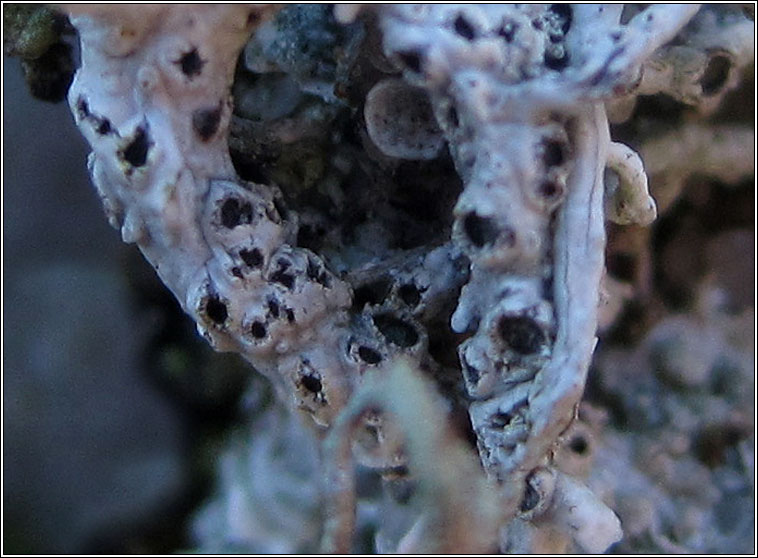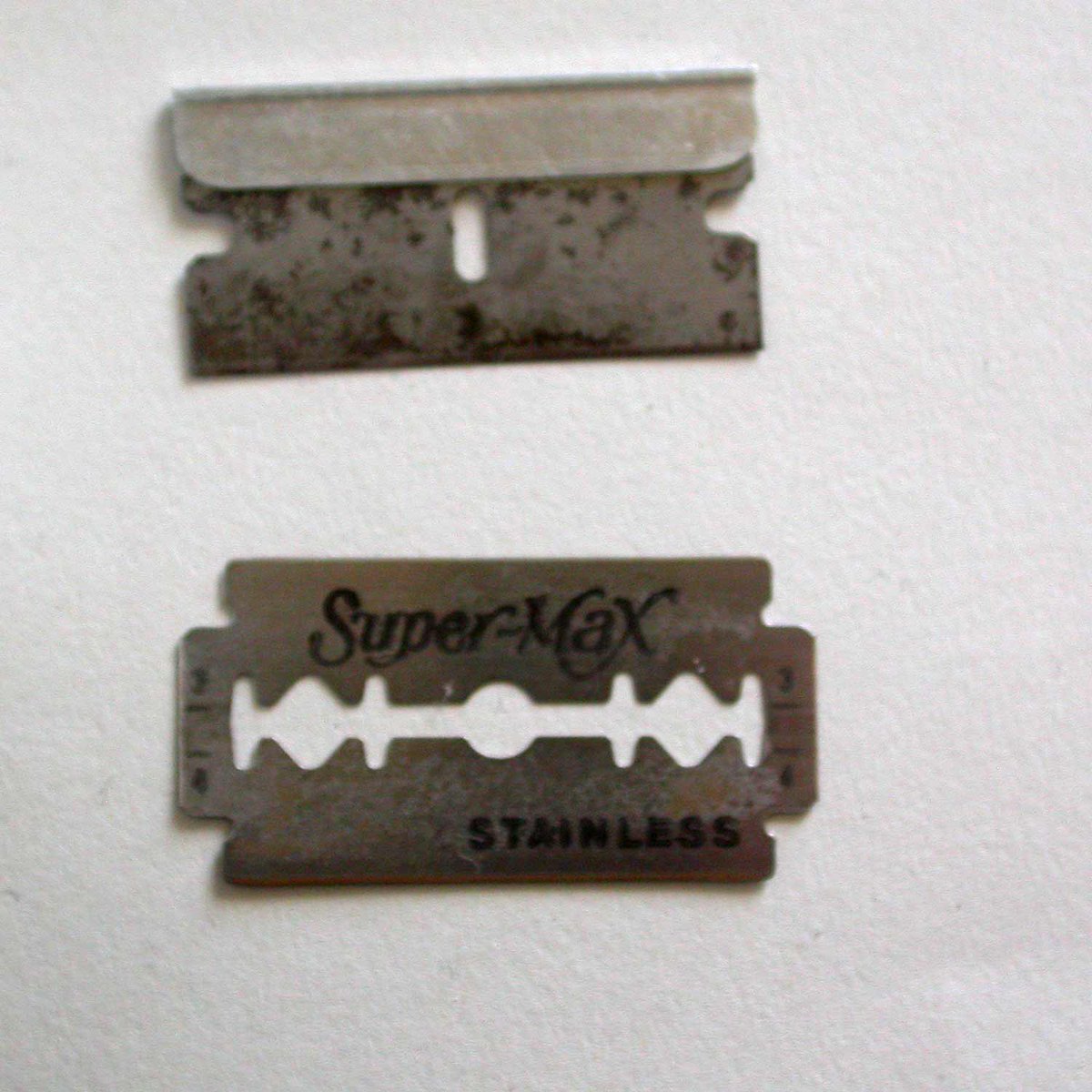
A thread with a few grey 'parmelioids' from my walk today.
Punctelia subrudecta (left), Parmelia sulcata (right)
Punctelia subrudecta (left), Parmelia sulcata (right)

Hypotrachyna revoluta (left) with erect lobes, the apices covered in fine soredia.
Parmelia sulcata (right) with angular lobes and white tipped ridges.
Parmelia sulcata (right) with angular lobes and white tipped ridges.

Parmotrema perlatum, may be confused with H. revoluta (last tweet) at first glance (both have fine soredia on apices of erect lobes) but with a little experience they are quite easily distinguished. 

This little thread is not intended as an identification guide. It is just a few side-by-sides of some common grey parmelioids to show how similar/different they are in overall appearance.
• • •
Missing some Tweet in this thread? You can try to
force a refresh

























